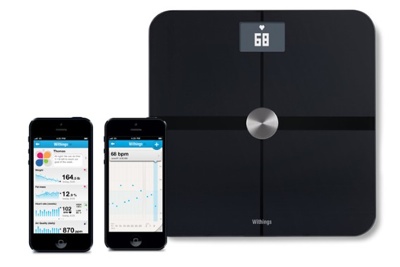According to a new report from Research and Markets (www.researchandmarkets.com), the market for rack-based and board-to-board interconnection will grow from US$1.1 billion this year to $2.2 billion in 2018. The market is expected to stabilize after that.
All the usual suspects that drive the proliferation of fiber optics in the data center will apply: faster processors, bulky copper cables and more video. However, in this report the author claims that two new factors will drive optical interconnection in the data center in the next few years.
One of these factors is the rise of big data, says Research and Markets, The author expects that massively parallel computing — with thousands of CPUs deployed in 100s of racks — will become part of general business computing in large data centers. High-speed optical interconnection in this computing environment is a necessity to avoid the interconnection bottleneck, says the research group.
Meanwhile, power consumption is becoming increasingly important, because of the rising real cost of energy and because of current environmental policy trends. According to one source, large data centers can consume the equivalent of nearly 180,000 homes. As a result, replacing copper interconnection with low-power optical interconnection has become an imperative for the truly green data center.
Not only does the switch to optical interconnection save power directly but it also cuts down on the need for air conditioning in the data center, notes Research and Markets.


